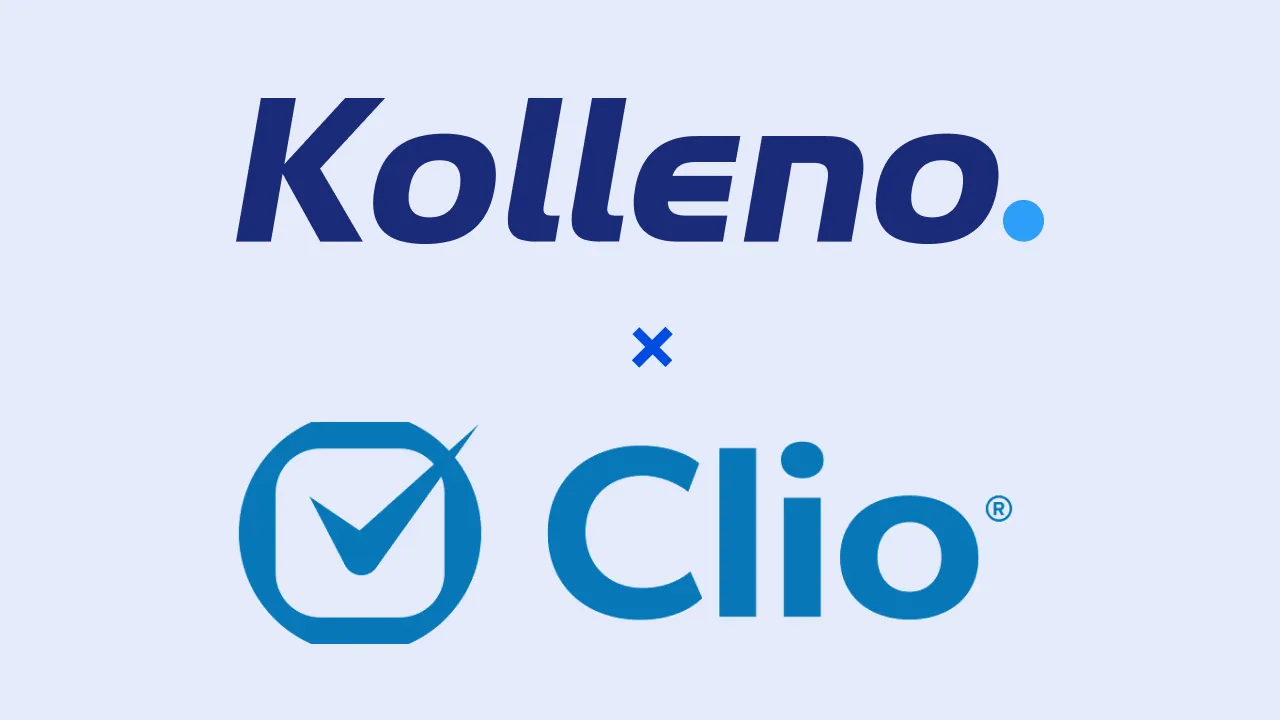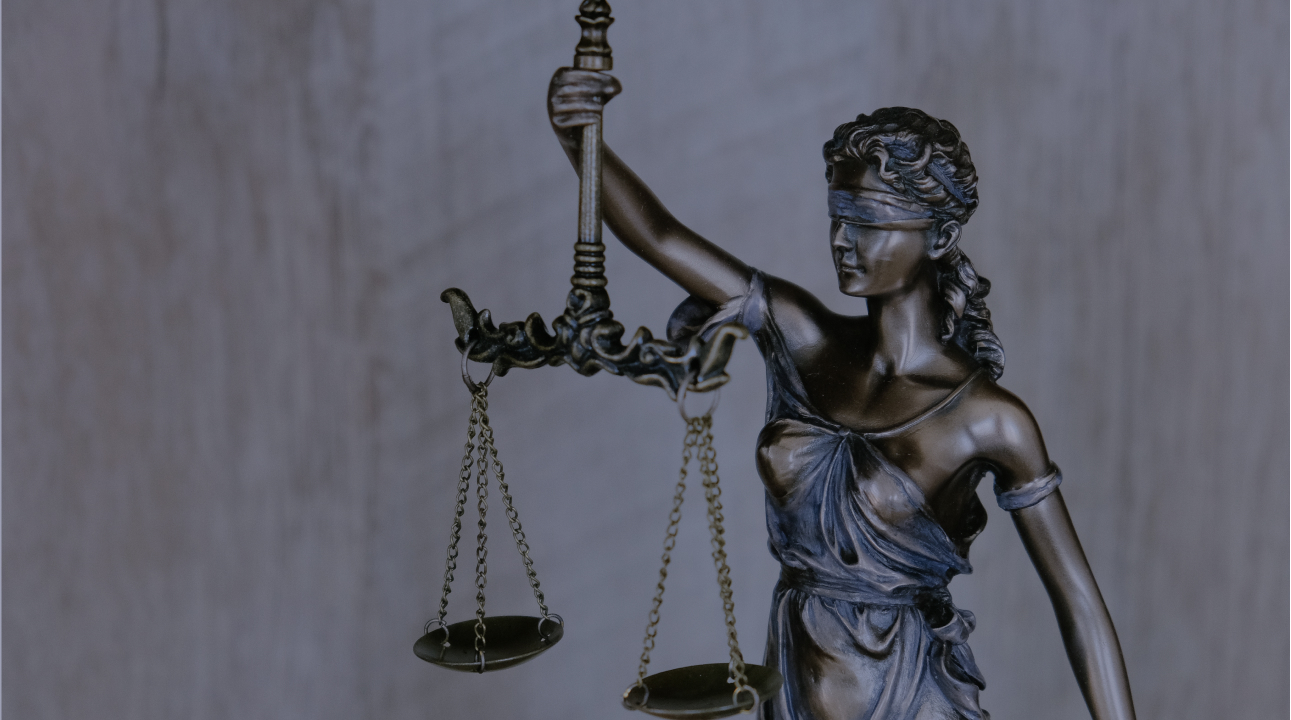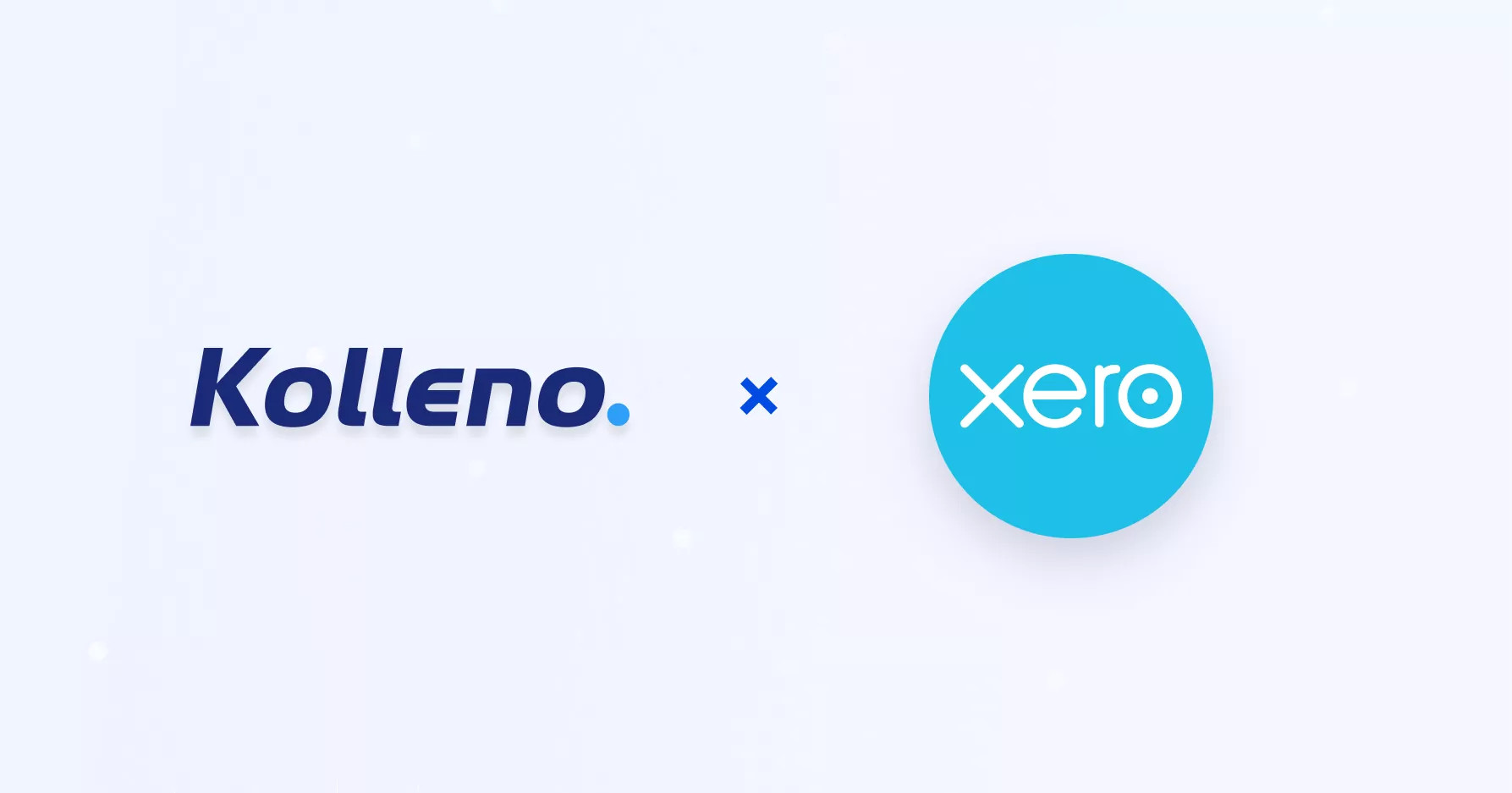Key Points
– In a perfect business environment, customers would always settle their invoices punctually and in full. However, in the real commercial world, companies would always need to remind certain clients to pay for their invoices, particularly those operating with a business-to-business (B2B) model that often needs to extend credit terms to their customers.
– Dunning letters are essentially a form of a payment collection notice that is delivered to a customer, detailing that a debt they owe to the company is past due.
– The accounts receivable unit utilises dunning letters to settle past due invoices and minimise the number of client accounts that become delinquent.
– There is a myriad of reasons as to why clients may pay late. For example, the customer may be experiencing cash flow problems, they could have made an honest mistake of forgetting to settle their payments, or the invoices could have poorly written payment terms and conditions.
– Adopting a more streamlined payment collections process is often the simplest yet most effective solution to circumvent problems associated with delayed customer payments for past-due invoices.
Overall, dunning letters are an extremely practical tool that payment collections teams frequently use as they enable the firm to stay on top of and avoid delinquent customer accounts. Similarly, dunning letters are a great way to help businesses manage their days sales outstanding (DSO) performance as well as their operating cash flow performance.
Having mentioned that, Kolleno is a smart credit control platform bringing together communication, accounting, and payment solutions all onto a single site to streamline the payment collection process. That way, businesses would be able to settle their long overdue invoices with greater ease seamlessly.
What is a Dunning Letter?
The terminology “dun” initially drew popularity in the 17th century, when it first emerged as an accounting term defined as “to demand payment”. Eventually, this world evolved to form part of the keyword “dunning letter”, which is a type of letter sent to a client requesting them to settle a long overdue payment.
Under the majority of circumstances, the format of dunning letters is written in a polite manner that progresses from being a gentle payment reminder to a much strident request for payment. In the meantime, regardless of the dunning letter’s writing tone, it should always specify the amount that the client owes, the date on which the past due invoice was generated, the invoice number, as well as any fines or interest penalties associated with making late payments.
Should the client continue to remain unresponsive despite the multiple rounds of delivery, the company may start to change its assumption of writing with the intention of maintaining its goodwill for future business opportunities to highlight the consequence of not settling the debt. And at some point, the company may choose to discontinue the use of a dunning letter and shift to relying on personal contacts, lawyers, and/or payment collection agencies instead.
How Do a Dunning Letter and a Month-End Statement Differ?
All in all, a month-end statement is by no means the same as a dunning letter because the statement will be delivered to every client with unpaid invoices at the end of each month. In particular, the month-end statement would detail all invoices that have yet to be fully settled, even if the deadline for the payment to be made is not nearing yet. Besides that, the month-end statement ought to be seen as more of a simple letter stating the customer account at that point in time as opposed to a payment collection tool.
Nevertheless, there would be occasions in which the month-end statement can create confusion amongst customers as they may detail invoices that the clients may not necessarily have in their personal records, and they thereby will not have made a payment for.
What Are the Various Types of Dunning Letters?
There are a number of ways in which a dunning letter may be presented to the intended recipient. To begin with, the original forms of a dunning letter could be delivered via regular physical mail, registered mail, or even overnight deliveries as part of covering the rising urgency of the company’s demand for payment. Not to mention this is also a method of ensuring that the firm has some form of evidence that the customer has received the dunning letter (in the case of using overnight mail deliveries or registered mail). Nonetheless, dunning letters could also be delivered to clients via email, fax, or even a text message. However, such electronic delivery approaches could often be futile in comparison to the more traditional method of sending dunning letters via paper-based channels.
Dunning letters are typically created by a computer without any human input at all, as the system would have been configured to use a specific set of text depending on the length of time since the invoice has been outstanding. This thereby permits the company to have a much more efficient way of generating and issuing dunning letters to its customers. In the meantime, the accounts receivable unit might occasionally change the content or time intervals of these automatically-generated dunning letters if the staff responsible for its management felt that making certain amendments could increase the payment collection rate. In such cases, the staff may perform some simple A/B testing to determine if the amended form of the dunning letter leads to improved customer payment rates.
Other than that, there are rules and regulations set by governments to regulate the degree of threat that can be written in a dunning letter. The level of threat will be largely dependent on the specific government jurisdiction in which the client is based at. As a result, businesses will need to be extremely cautious regarding how strict they are with the way they are demanding payment in their dunning letters to prevent any unnecessary legal complications in the future.
Why Are Dunning Letters Essential?
As a result, dunning is typically an unpleasant but necessary option if the company has been facing long-pending accounts receivables or past-due invoices. Although late payments could be caused by various understandable factors, such as the client facing a tight cash flow, transaction failures, or simply having forgotten to make their payments, firms rely on revenue to sustain their operations. Thus, business owners may sometimes need to do anything and everything that they need in order to make sure they can survive.
Other than serving as payment collection tools, dunning letters can help companies to lower the value of their days sales outstanding (DSO) ratio to improve the business’s operating cash flow. Not to mention, dunning letters are also extremely crucial in helping the firm to convey its level of sincerity for its customers and that they are an organisation that takes its business seriously.
How Does the Dunning Letter Preparation Process Traditionally Look Like?
Generally speaking, the dunning process predominantly comprises a number of steps based on the payment amount and the timeframe for which the past due invoice has been long overdue. To stay on top of the payments and facilitate the collection of money, these steps may be involved:
The Identification of Overdue Client Accounts
The first step to be completed in the dunning process is to generate an accounts receivables ageing report indicating all the pending invoices, the amount due for each of them, and the period in which it has been past due. In the majority of cases, ageing reports would segment the different delinquent accounts by 30 days, between 30 and 60 days, between 60 and 90 days, and above 120 days since the payment due date.
The Generation of a Client Contact List
Once the ageing report has been prepared, the company may then prepare a list of clients to contact. In some situations, certain business owners may prefer reaching out to customers with the highest overdue amount. On the other hand, some company owners may instead opt for prioritising the collection of payments from accounts that were the longest overdue. With that in mind, the ageing report may help the firm to select the appropriate clients to reach out to based on the management’s preferences or strategies.
Preparation and Delivery of the Dunning Letters
Once the appropriate customer accounts have been determined, the procedure of generating and sending the dunning letters follows suit. To ensure that the recipient does not miss out on the letter, firms may opt for delivering an electronic version of their letter on top of a paper-based one.
Escalation of the Payment Issue to Third-Party Organisations
Should the firm find itself in situations where sending numerous dunning letters brings about futile efforts, the company may then choose to escalate the problem by either making personal visits to the client’s offices to get the payment sorted or considering working with third-party attorneys or payment collection agencies to get the job done.
How Has the Dunning Letter Preparation Process Evolved in Modern Times?
For an extended period of time, the dunning letter preparation process involves the use of warning letters, reminder messages, or even explicit threats to get the job done. However, the eventual emergence of software-as-a-service (SaaS) solutions has revolutionised the playing field for good due to the vast level of efficiency it brings to corporations.
In the majority of scenarios, companies are now turning to automated dunning letter generation software solutions to facilitate their dunning letter preparation process because it can greatly assist the business in being more efficient. Meanwhile, such solutions can also help to lower client payment churn rates and the loss of revenue.
Benefits Of Using an Automated Dunning Letter Preparation Software
In essence, all companies can access a plethora of benefits and perks when they choose to employ automated dunning letter preparation software for their dunning letter management process. For instance, some of the exceptional values that these software solutions can offer include the following:
Reduced Involuntary Churn Rate Due to Timely Payment Reminders
Essentially, involuntary churn is often an unintended move on the customer’s end, as it may occur due to oversight, expired cards, or even unforeseen payment issues that lead to them being unable to make the payments on time. With that in mind, adopting an automated dunning solution can be a drastic saviour in such situations as they can generate timely payment reminders to customers and allow them to take the action needed to pay on time.
Improved Client Retention Rates
Some automated dunning solutions permit smart retries in payment, which in turn, offers clients a much more positive experience when they are settling their bills with the company. These, in turn, can help to significantly improve the retention rates of clients as well as make sure that they remain loyal to the business.
With that, the smart credit control software, Kolleno, is one of the perfect solutions for finance professionals to modernise their company’s credit control and fuel its growth. In specific, Kolleno’s simple and powerful interface has enabled a 90% successful recovery of payments and can be customised to different finance and credit control needs.
Concluding Thoughts
In summary, drafting and sending dunning letters is a standard payment collection procedure that aids companies greatly with their accounts receivable process. It is frequently a challenging and unpleasant task for many, but still a necessity in order to ensure that the firm maintains a positive cash flow. Fortunately, the introduction of automated dunning software solutions can help to ease the process, whereby such solutions can help to minimise the number of delinquent accounts and failed client payments.
All in all, automated dunning solutions such as those offered by Kolleno, a smart credit control platform, can immensely help businesses safeguard revenue collection and sustain strong working relationships with their clients for improved business development.
Frequently Asked Questions (FAQs)
What Is a Dunning Letter?
A dunning letter is a reminder sent to a client specifying that they have some overdue payments that need to be made to the company as soon as possible. In most situations, dunning letters usually follow a progression from gentle payment reminders to a stricter request for debt settlement if the client remains unresponsive despite the multiple letters.
How Did Dunning Letter Get Its Name?
In essence, the term “dunning” is associated with the procedure of reaching out to clients in order to collect the debts or accounts receivables that they owe to a company. This word had its origins in the 17th-century term “dun”, which is defined as “the demand of payment for a debt”.
What is Automated Dunning?
Automated dunning draws reference to the use of an automated accounting software that is created specifically to help firms manage their payment or accounts receivable collection protocol. This is to make sure that the company does not lose out on any hard-earned money. With that, utilising an automated dunning solution may offer a source of protection for businesses against most involuntary customer payment churn that often takes place as a result of failed sales transactions.
- Key Points
- What is a Dunning Letter?
- How Do a Dunning Letter and a Month-End Statement Differ?
- What Are the Various Types of Dunning Letters?
- Why Are Dunning Letters Essential?
- How Does the Dunning Letter Preparation Process Traditionally Look Like?
- How Has the Dunning Letter Preparation Process Evolved in Modern Times?
- Benefits Of Using an Automated Dunning Letter Preparation Software
- Concluding Thoughts
- Frequently Asked Questions (FAQs)










